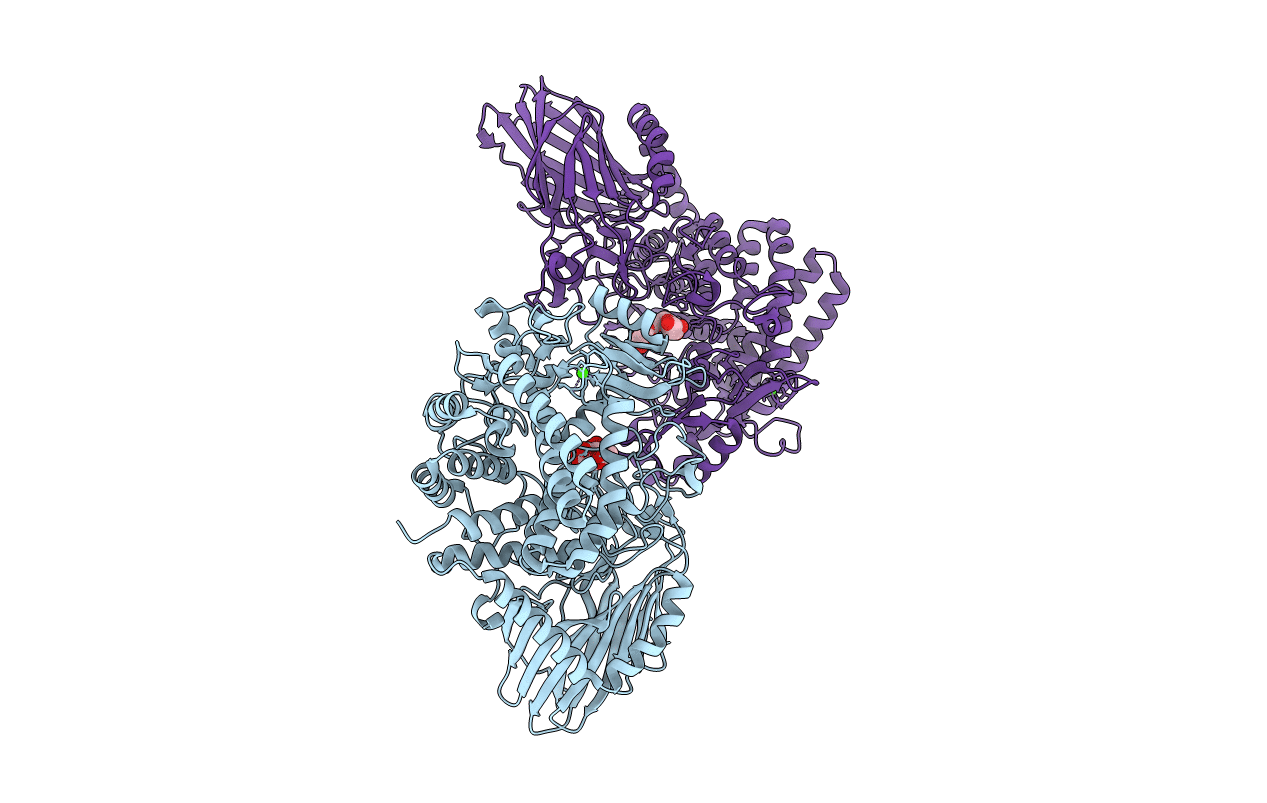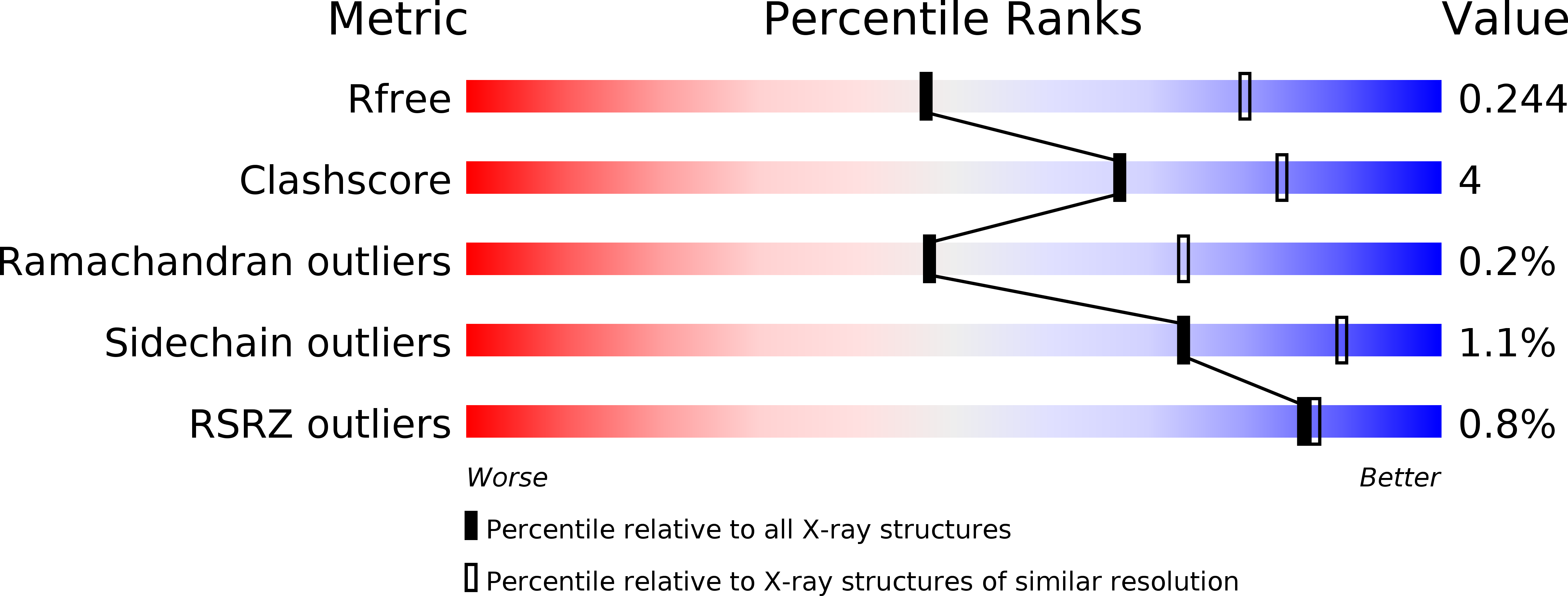
Deposition Date
2013-03-08
Release Date
2013-07-17
Last Version Date
2024-11-06
Entry Detail
PDB ID:
3W7X
Keywords:
Title:
Crystal structure of E. coli YgjK D324N complexed with melibiose
Biological Source:
Source Organism:
Escherichia coli (Taxon ID: 83333)
Host Organism:
Method Details:
Experimental Method:
Resolution:
2.70 Å
R-Value Free:
0.24
R-Value Work:
0.18
R-Value Observed:
0.19
Space Group:
P 1 21 1


